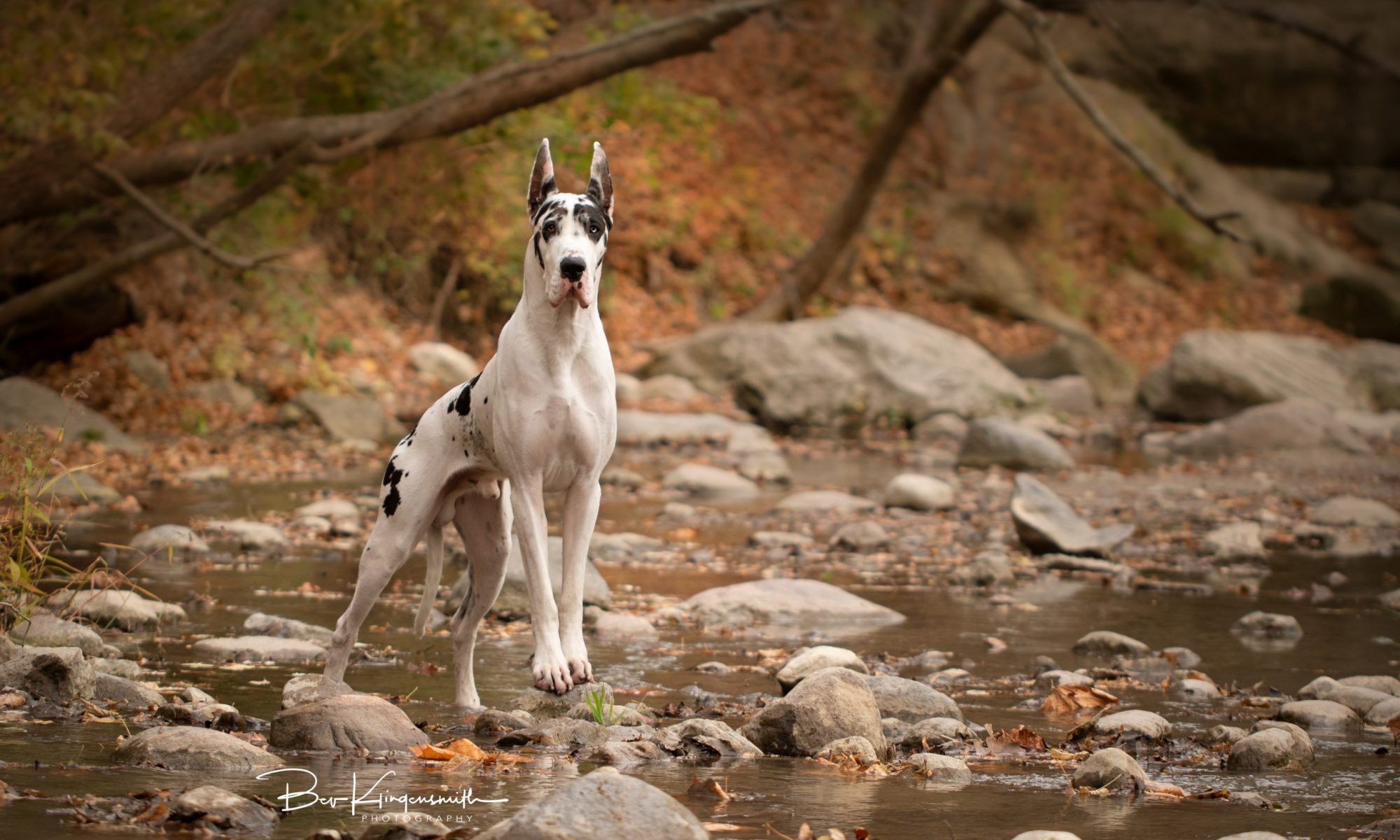As many people know, Great Danes are the number one breed at risk of Gastric Dilatation and Volvulus, (GDV) commonly known as bloat and torsion.
Bloat is when the stomach fills with gas, then the stomach flips (torsion/volvulus), cutting off blood supply to the stomach, which causes the stomach to start to die. Often, the spleen and major blood vessels in the area twist as well. This causes the dog to go into shock. Bloat episodes can often be fatal and progress quickly. Immediate veterinary assistance is imperative.
It should be noted that the cause of bloat is unknown. I’ve heard of some Dane owners that restrict exercise for an hour before and an hour after eating. Personally, I find that excessive. Considering the fact I work during the day and feed my dogs twice daily, if their exercise was restricted for four hours each day, they wouldn’t ever have time to play! If they’ve been on a run before a meal, I make sure they’ve had the chance to cool down before I feed them. I also would not take them on a big run right after eating.
There have been claims that feeding from a raised dish either prevent or cause bloat, I don’t subscribe to either belief.
There are various other theories, but when it comes down to it, there is not a way to prevent bloat. The best course of action is to become familiar with the symptoms of bloat and know your vet’s emergency procedures. Check out Ginnie Saunders’ Bloat Links for more information on bloat. The Great Dane Club of America has a helpful Bloat Chart available, too.
There is a preventative surgery, called a gastropexy, that will hopefully help prevent torsion, the fatal part of a bloat episode. This will not stop a dog from bloating, but it should buy the owner time in getting the dog to the vet and might even save the dog’s life.
This past Monday, I took Kizzy in for a Prophylactic Gastropexy. Prophylactic means preventative. (Gastropexies are also done during emergency bloat surgeries.) A gastropexy (gastro = digestive system; pexy = surgical fixation) adheres the stomach to the body cavity. Even if your dog has had a “pexy”, if you suspect your dog is bloating, seek emergency vet care.
We recommend gastropexies on Great Danes after 18 months of age. We avoid doing the pexy on immature Danes as their bodies grow and change so much before maturity.
There are various gastropexies methods. We opt to do a Laparoscopic-Assisted Gastropexy (LAG). The advantages to doing this laparoscopically are the small incisions and quick recovery time.
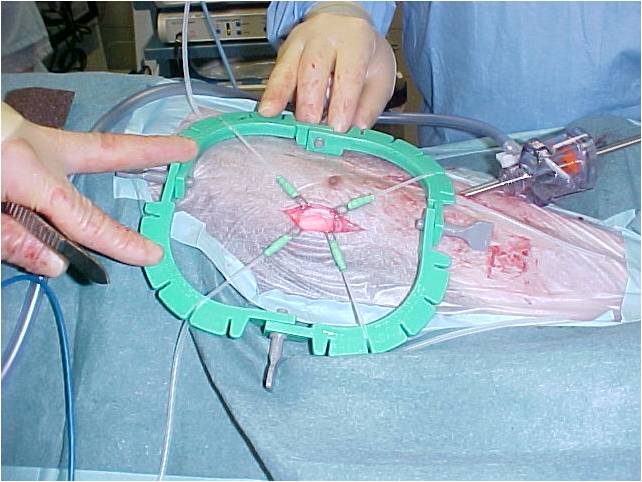
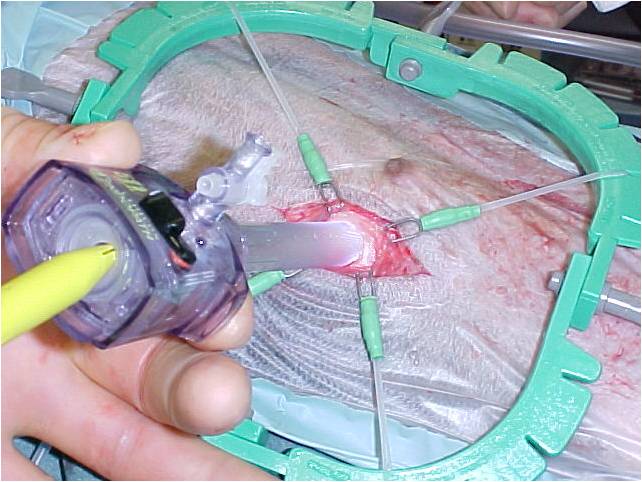
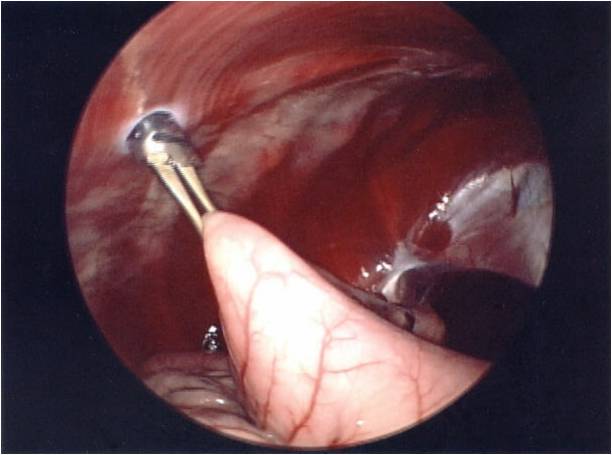
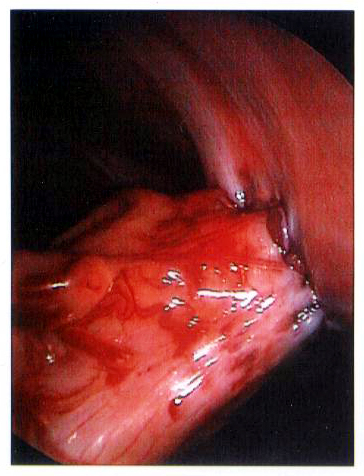
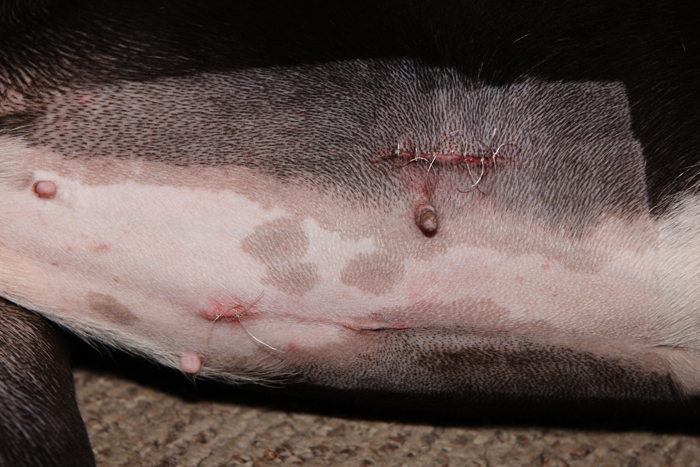
I drive to Morris, IL (4 hours one way) to Pine Bluff Animal Hospital to have Dr. Brian Schmidt perform the surgery. Dr. Schmidt has performed hundreds of these surgeries on Danes.
The hardest part of the gastopexy experience is keeping the dog quiet for a week post op! The dogs tend to recover quickly and want to be back to playing and running like normal. Too much exercise too soon after the surgery can cause lots of swelling at the sight of the incision (some swelling is normal) as well as interfere with the quality of the adhesion.
